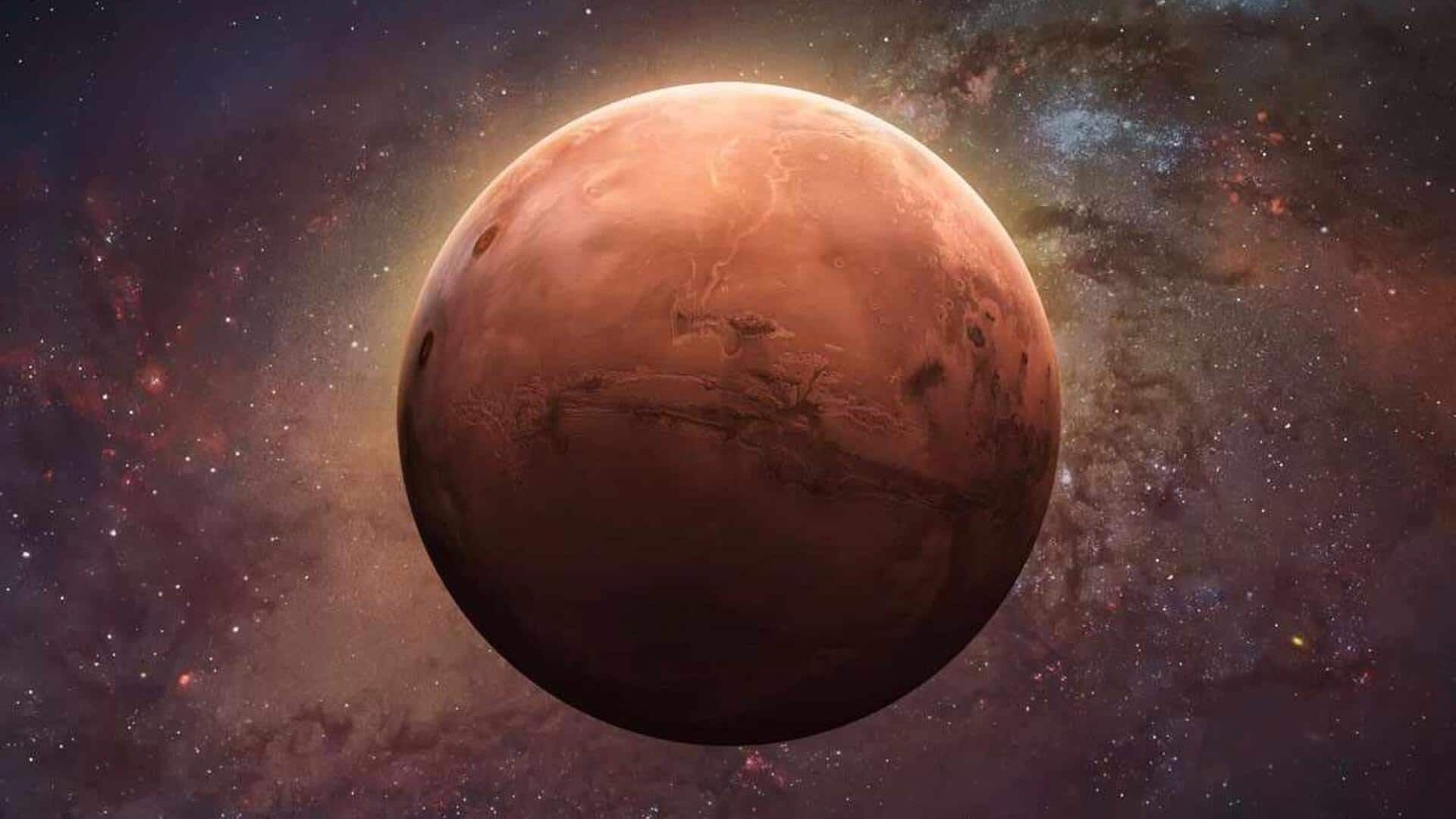
How Martian soil could help us build homes there
What's the story
As the dream of building settlements on Mars continues to capture the imagination of billionaires, space agencies, and interplanetary enthusiasts, a major challenge remains: sourcing construction materials. The cost of transporting materials from Earth is exorbitant. For instance, it took $243 million to send NASA's Perseverance rover (weighing one ton) to Mars. So, how do we get more materials there?
Resource utilization
What is ISRU?
Dr. Deddy Nababan, a CSIRO Postdoctoral Fellow and Swinburne alum, has been exploring this problem for years. His solution lies in the Martian soil or regolith. He said, "Sending metals to Mars from Earth might be feasible, but it's not economical. Can you imagine bringing tons of metals to Mars? It's just not practical." Instead, he proposes using the resources available on Mars through a process called in-situ resource utilization (ISRU).
Metal production
Testing the process
Dr. Nababan's research focuses on astrometallurgy, or the process of making metals in space. Mars has all the necessary ingredients to produce native metals, including iron-rich oxides in regolith and carbon from its thin atmosphere. These elements can be used as a reducing agent for metal production. Swinburne University of Technology astrometallurgist Professor Akbar Rhamdhani is working with Dr. Nababan to test this process using a simulant, an artificial recreation of Martian soil, under simulated conditions on Earth.
Experimental findings
At high temperatures, all metals coalesced into 1 droplet
The simulant was placed in a chamber at Mars surface pressure and heated to increasing temperatures. The experiments showed pure iron metal formation around 1,000 degree Celsius, with liquid iron-silicon alloys produced around 1,400 degree Celsius. Professor Rhamdhani said, "At high enough temperatures, all of the metals coalesced into one large droplet. This could then be separated from liquid slag the same way it is on Earth."
Sustainable practices
Zero waste is the focus
Dr. Nababan and Professor Rhamdhani are working with CSIRO's Dr. Mark Pownceby to improve the process further. Their main focus is on developing metals with zero waste, where byproducts of the process are used to create useful items. This is a huge step forward in space science as every kilogram counts in rocket launches and human exploration demands a lot from resources.
Future applications
Challenges ahead
Professor Rhamdhani envisions that Mars-made alloys might be used as shells for housing/research facilities, and in excavation machinery. However, he acknowledges challenges such as understanding how these alloys would perform over time and whether this process can be replicated on the real Martian surface. Despite these hurdles, interest in astrometallurgy is growing globally as we get serious about Mars exploration.